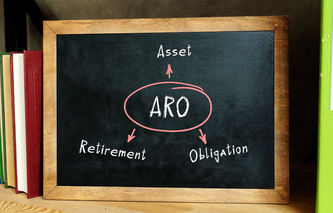Definition
The term mine safety disclosure refers to health and safety reports that must be filed with the Securities and Exchange Commission on a quarterly basis. Mine safety disclosures are required under the Dodd-Frank Wall Street Reform and Consumer Protection Act of 2010.
Explanation
Publicly-traded companies are required by federal securities laws to disclose certain operating and financial information on an ongoing basis. Under the Dodd-Frank Act, companies are required to report certain information concerning mine safety and health to the Securities and Exchange Commission (SEC). This requirement includes disclosures as part of a company's Form 10-K, Form 10-Q, and Form 8-K filings.
Mine safety disclosures typically relate to failures under the Federal Mine Safety and Health Act of 1977. The regulatory bodies overseeing this industry include the Federal Mine Safety and Health Review Commission as well as the Mine Safety and Health Administration (MSHA). Specifically, companies are required to provide mine-by-mine totals for the following:
Mining-related fatalities
Orders, including those identifying imminent danger
Notices of past violations, patterns or potential patterns of violations
Pending legal actions before regulatory bodies
Flagrant violations as well as failure to comply with requirements outlined in the Mine Act
Dollar values of proposed penalties and assessments
As part of their quarterly filings with the SEC, companies must report the total penalties assessed, even if the penalty is being contested. Companies are also required to file a Form 8-K when they receive notice from the MSHA of an imminent danger order. As part of their Form 8-K filing, companies need to disclose:
The date of the notice received from the MSHA
Category of order or notice
Name and location of the mine





